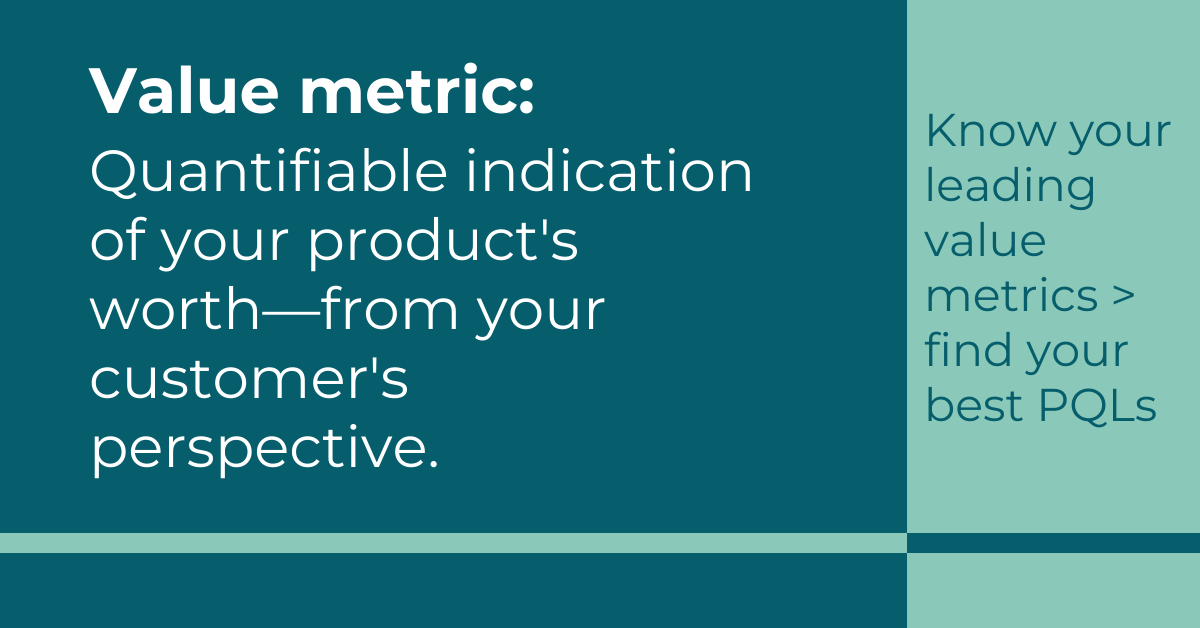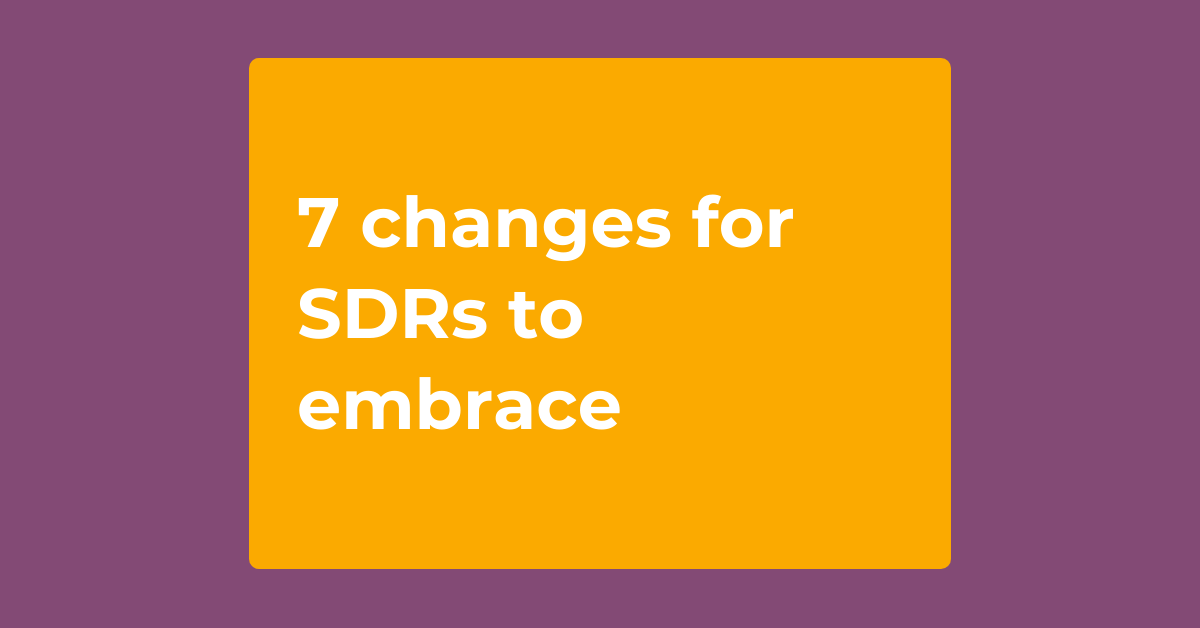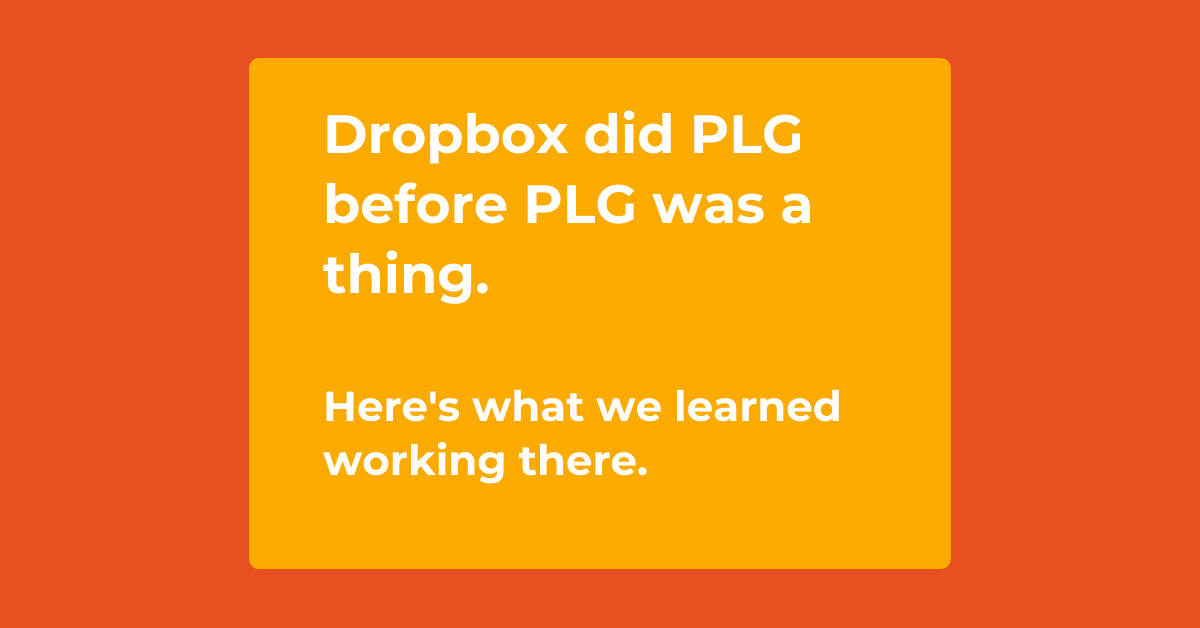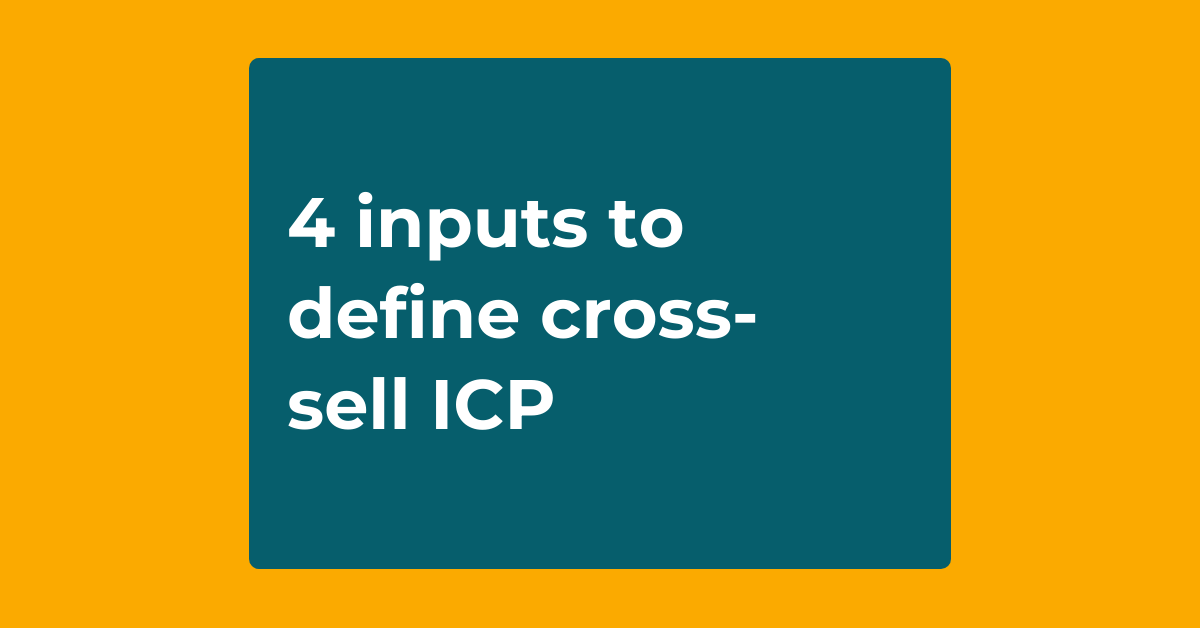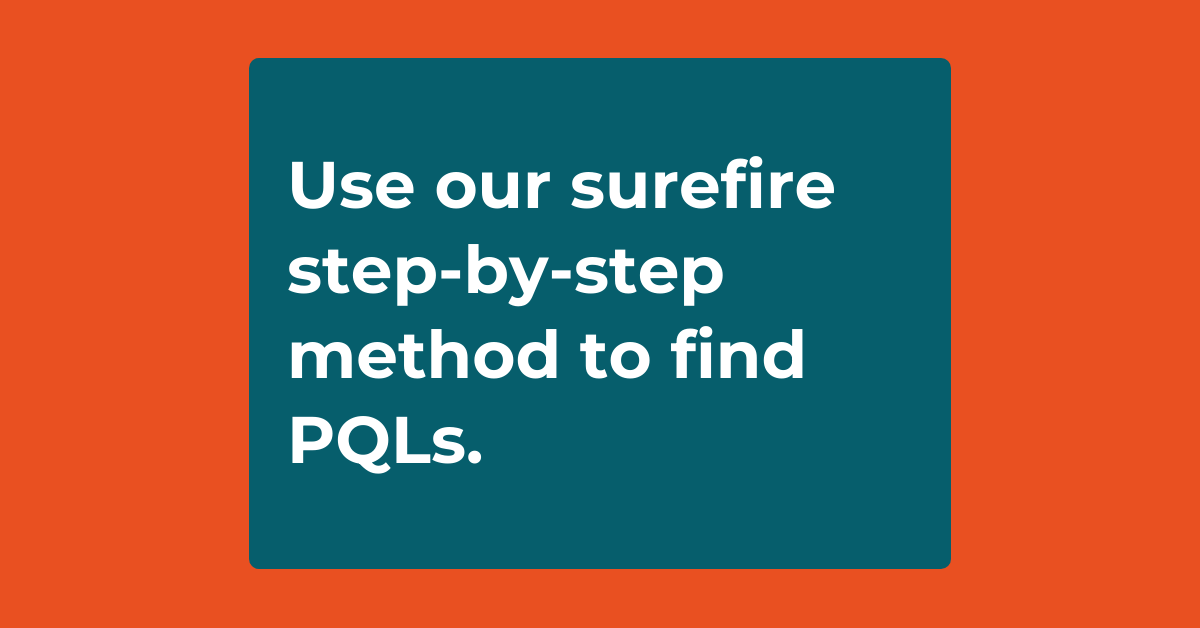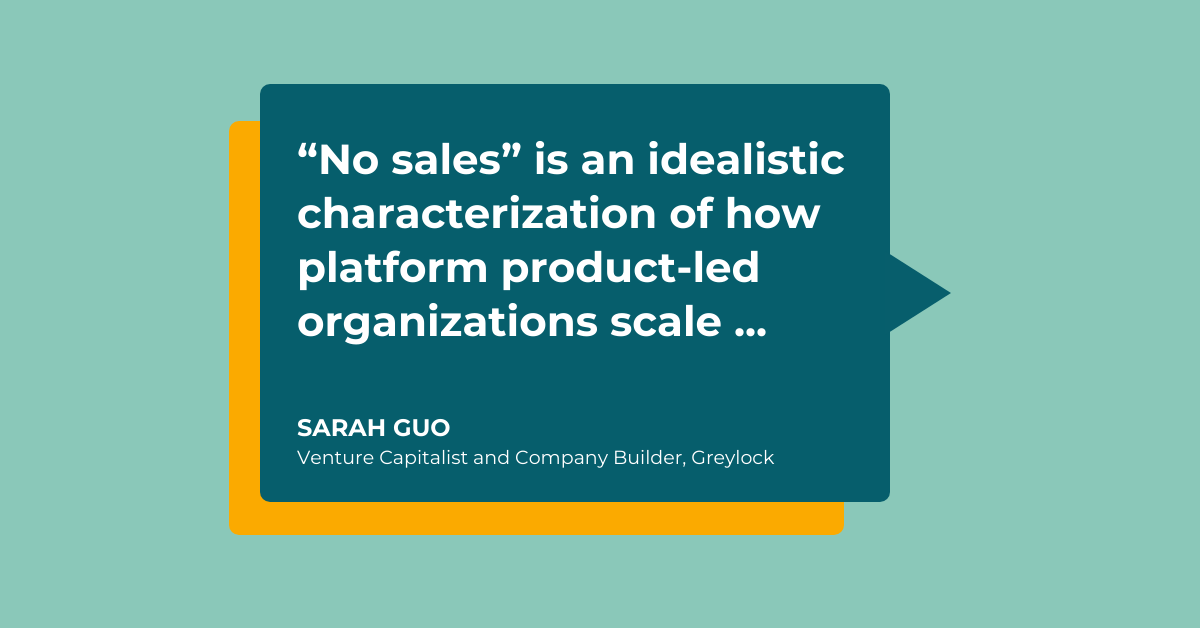Contents
Falkon for PLG
Grow faster with our PQL engine
Big takeaways:
-
In product-led growth, the product itself is the main influencer of its user
-
PLG drives revenue through user acquisition, conversion, expansion, and retention
-
Value metrics are the leading indicators that help you identify product-qualified leads
-
A hybrid PLG growth strategy combines efforts across sales, marketing, and product teams with the product brought forward in the customer journey
-
A hybrid model is the best PLG strategy for SaaS companies because high-consideration purchases can still benefit from sales and marketing tactics
What is product-led growth?
Product-led growth (PLG) is a business model in which the product itself is primarily responsible for driving customer acquisition, conversion, expansion, and retention.
Rather than positioning sales and marketing teams as the main drivers of growth, PLG companies put the product on the front line of attracting and delighting customers. Customer experience is very, very important in this world. A user must understand how a product resolves their pain points, even without a sales person or a piece of marketing collateral to explain.
Think about someone who uses a free version of a product. They like it and decide to become a paying customer. Maybe you tried Canva for free, enjoyed designing on the platform, realized it eliminated the need for more complex design tools, and decided to pay for it to unlock premium options. That's PLG.
Companies without free versions of their product can participate in PLG strategies by bringing the product forward in their customer journey, even through something as simple as screenshots or demo videos.
So, do sales and marketing teams have a place in product-led growth? Many people would say no, that's the point, you put your resources into the product instead. There's another way to look at it, though: A hybrid model with revenue at the center.
In a hybrid model, the product speaks, but not to the exclusion of all traditional tactics. Sales, marketing, growth, customer support, and product teams all work together to drive revenue. (The product team we're talking about here extends to design, brand, UX, engineering ... all the roles that work to make the product awesome.)
A hybrid model as part of a product-led growth strategy makes sense for companies with high-consideration products, such as most B2B SaaS companies.
One major reason: PLG works because people today care about the experience of using products at work as much as they do at home. Individuals are also more often making buying decisions, versus old-school committees. However, when a product is a large investment or when a product will only be worth using if it's widely adopted, more than one person at a company needs to support the decision to buy. Often, more than one team needs to be excited.
And that's where traditional sales and marketing have their biggest role in the hybrid vision: making sure potential customers understand the benefits of the product well enough and believe in the product's company enough to make the case to their teammates.
Is product-led growth the future for SaaS startups?
PLG is posed to become an integral piece of the way companies sell software to each other. However, buying software for an enterprise company, or even a mid-size company, is a large investment with high consideration. For most products, there will continue to be a need for marketing channels and sales teams to support people in their decisions to buy.
"High-touch" marketing and sales motions still have value in high-cost, high-commitment purchases. Multiple stakeholders at the buying company will need to be involved, and they're not all going to simultaneously try a product and decide they can't do their jobs without it. They need to be served information in multiple ways; websites, phone calls, demos, worksheets, etc.
While traditional methods still work, the beauty of a hybrid PLG model is that you can still prove your customer experience early in the process. Individual experience matters as much now in software to help you at your job as it does in products that make the rest of your life easier. Leading with the product is a great way to turn a user into an advocate.
As buying decisions become more individualized, tactics that have traditionally been used in consumer growth become important in B2B growth. Plus, tools will need to unify marketing, sales, customer support, and product usage data. In this way, product signals can be combined with traditional signals like email clicks, site visits, and meetings, to build the full story of how a user interacts with a brand.
In a sense, the product becomes the main expression of the brand in a hybrid PLG model, and brand becomes extremely important, just like in the consumer world. People will buy software in the same way they buy cars: based on a blend of needing it, liking it, talking to an expert about it, seeing ads about it, evaluating social proof, and taking a test drive—the test drive is unlikely to be the very first step, but it's likely to be the deciding factor, and the product itself is certainly the main attraction.
Product-led growth metrics
Metrics to identify product qualified leads
With product-led growth, product usage data becomes a key input into driving revenue. To get actionable insight from this data, identify and track your value metrics. They'll point you straight to your product qualified leads—the users who are ready to activate, convert, or expand.
A value metric captures the benefit of your product from the users' perspective, and can indicate a user's readiness to spend money on the product.
Value metrics are related to the function of your product. A design platform like Canva might choose value metrics such as number of templates viewed, number of projects started, and time between projects started.
To identify your value metrics, start with a list of what actions you think they may work as value metrics. This list should have at least 10 ideas on it, and you'll get more out of the exercise if you include two or three times that many.
Then, cut down your list by validating it. Look at a group of your "good" customers. If you're looking at value metrics for conversion from free to paid users, you might look at the group of users who have activated in the past three months. Also look at the group that didn't convert. Find the average time each action on your list shows up in each group, and the variance (so you know if the average is a good gauge). Compare. The bigger the difference, the better the value metric.
Once you have your value metrics, track them to identify users who match the good group (or, ideally, are close on their way to matching). Those are your product qualified leads.
Business health metrics
The key business health metrics to track for product-led growth aren't very different from those you'd look at for sales-led or marketing-led growth. What matters most will be specific to your business.
Here's a place to start:
- Awareness metrics like direct visits to your website
- Acquisition metrics like number of free users
- Pipeline health metrics like number of PQLs
- Activation metrics like time to value
- Retention metrics like net churn
- Expansion metrics like expansion revenue
- Revenue metrics like annual recurring revenue
Whichever metrics you focus on, remember that dimensions unlock actionability.
Qualitative research is also key. Talk to customers at different stages of adoption to understand what about your product is important to them and why they use it.
Like to learn?
We'll send articles like this one to your inbox.
Our top PLG articles
Get our guide to finding value metrics
